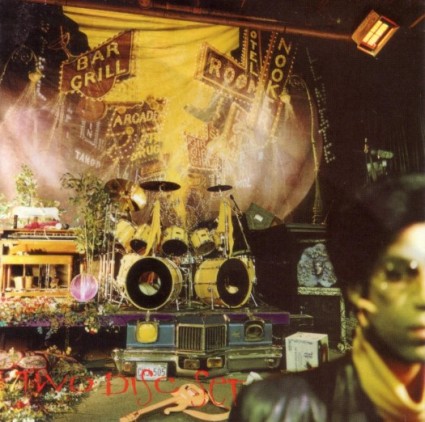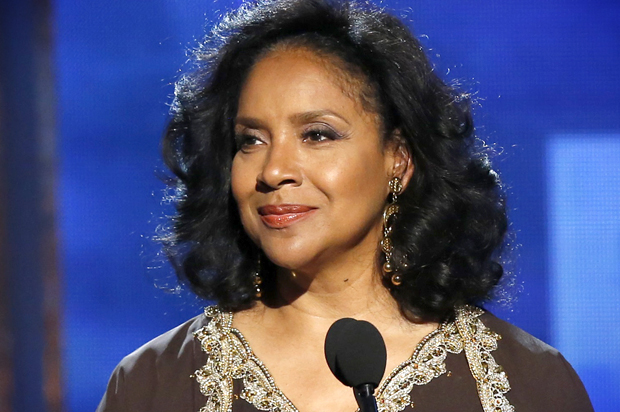
The year 1987 was somewhat an evolution for two of pop music’s most influential acts. In August, Michael Jackson released Bad, his third collaborative effort with Quincy Jones that was intended to surpass everything Thriller had become. Five months prior, the King of Pop’s musical contemporary, Prince, had some tricks up his sleeve that would challenge the King of Pop’s claim as one of the generation’s leading singers/songwriters.
His ninth album, Sign ‘O’ the Times, wasn’t just Prince’s back to basics regenesis. He disbanded his band, The Revolution, and assumed the responsibility of keeping his musical integrity front and center. The Minneapolis genius made it crystal clear in an approximately 80-minute double LP that he could master wowing his audience on stage, perform (as well as produce) as a one man jam session, give imagination with his powerful lyricism, connect spiritually and ooze the erotic simultaneously.
http://youtu.be/ivdHqJtzns8
Why else would the Jeff Katz-photographed cover art feature a blurred silhouette of the multi-talented artist resembling John Lennon in the bottom right corner with his live instruments (especially his peach-colored trademark “Cloud” guitar ) all clearly positioned in the center? Even with the technical glitches and censorship attempts from his record label, Warner Bros., which would arise during the recording process, Prince still made it a priority to embrace imperfection (listen closely for the distortions and subtle whirring from tape stretching during playback on “The Ballad of Dorothy Parker”) and use it to his advantage. This is a sign of incredible balance of pure artistry and honest songwriting.
Sign ‘O’ the Times was Prince’s definitive musical potpourri up to that point. With the minimalism of the Fairlight CMI and rock guitar-based title track, His Royal Badness interrogates and builds a story around headlining topics of the time – AIDS, gang violence, crack, poverty, famine, “Star Wars” and the Challenger explosion — without sounding preachy. The double album only peaks from there. The listener gets to zone out in a hybrid of funk, pop, soul, R&B, psychedelica, rock and jazz. Prince channels James Brown (“Housequake”), faith (“The Cross”), lust (“It” and “Hot Thing”), intimacy (“Slow Love”), mixed signals (“Strange Relationship”), embracing diversity (“Starfish & Coffee”), escapism (“Play In The Sunshine”) and monogamy (“Forever In My Life”).
“U Got the Look,” his duet with Sheena Easton, and “I Could Never Take the Place of Your Man” were both Top Ten pop singles. The androgynous “If I Was Your Girlfriend” introduces Camille, a distorted, falsetto alter ego that could be a byproduct of Parliament’s Mothership Connection (1975). The operatic yet soulful “Adore,” the closing track and ode to true love, is argubly one of the greatest ballads of our time.
Though Sign ‘O’ the Times peaked at number six on Billboard’s Top 200 and sold modestly, the radical experimentation and musical texture of the album is paramount for 1980s black pop going forward. It was obviously a far cry from the Purple Rain phenomenon that preceded it three years earlier, which is a good thing. Considering hip hop’s matriculation into mainstream culture was right around the corner, Sign ‘O’ the Times was a fine example of the direction so-called “black music” could venture into without sounding so contrived. Here it is 25 years later, and it’s still one of Prince’s finest musical moments.
Christopher A. Daniel is a pop cultural critic and music editor for The Burton Wire. He is also a contributing writer for Urban Lux Magazine and Blues & Soul Magazine. Follow Christopher @Journalistorian on Twitter.
Like The Burton Wire on Facebook. Follow us on Twitter @TheBurtonWire.








